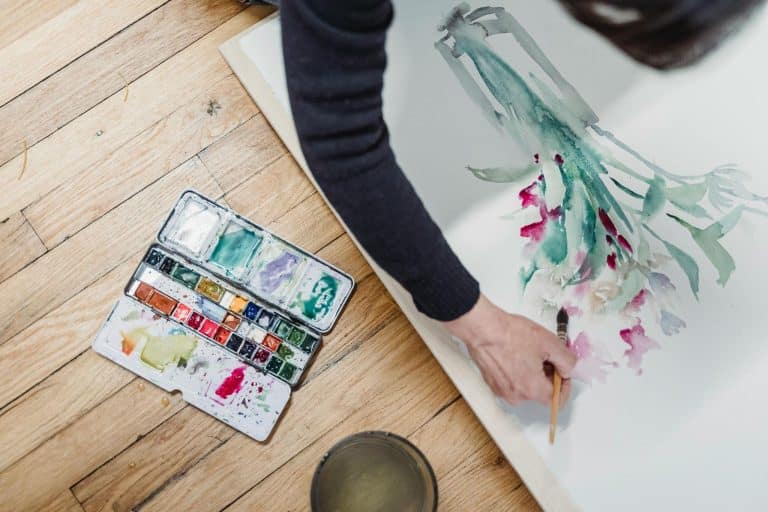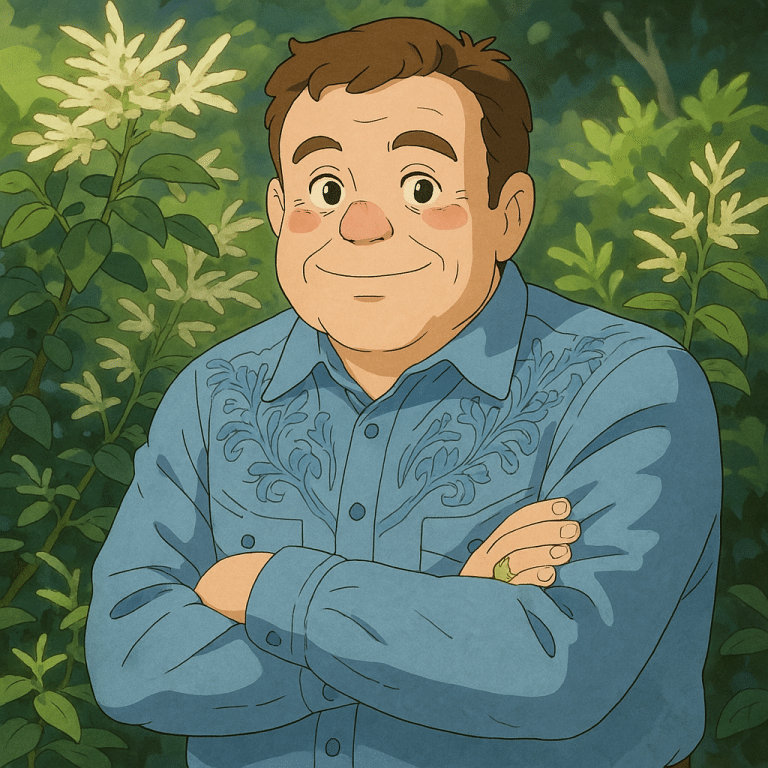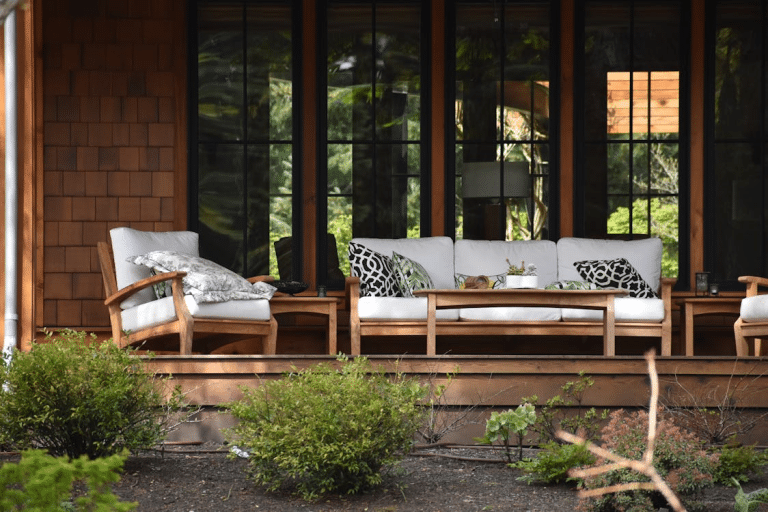Some people choose to use art because they use paint on their walls—safe, small, and forgettable. But art, when done well, can do so much more than take up space. It can anchor a room, tell your story, and shift the way you feel in your own house. And for making you present, not many mediums have as much impact as huge paintings. They demand notice, speak forcefully, and occasionally need nothing else around them to be complete.
This article offers a practical guide to choosing the right large-scale art that fits your space, speaks to your personal style, and feels like it belongs. Whether you’re buying your first big piece or upgrading what’s on your wall, here’s how to make it count.
Why Going Big Works: The Power of Large Paintings in Interior Design
Some rooms aren’t filled with more stuff—they need a center point. Oversized artwork fulfills the role. They command attention without clutter. A well-placed big canvas takes the place of five of the little ones, and it provides cohesion, simplicity, and tranquility. In houses where minimalism is combined with intentionality, big art isn’t cluttering—it’s smart.
Visual Weight Creates Balance
Big paintings even the playing field of architecture and furniture. An empty large wall behind a bed or sofa feels unfulfilled without something to anchor it. A big piece of art simply accomplishes this—it finishes the room. Small art will suffice, but it more often than not takes a collection or other design magic trickery to feel complete. With a big piece, you get a definitive visual breather that doesn’t battle with all the other things in the room.
Fewer Pieces, Stronger Statements
A single large piece obviates the need for a series of little ones. This not only streamlines decision-making but also avoids the common pitfall of visual confusion, like a bold headline instead of scattered notes.
Where It Works Best
Some enduring locations for oversized artwork:
- Above the sofa – Allow 6–8 inches between the sofa top and the painting bottom.
- Above the bed – Avoid ones that are too high; wide horizontal formats work best.
- Entryways or hallways – Ideal for making a statement when you first walk in.
- Stairwells – Fill the vertical area with tall artwork.
Sizing Made Simple
Before buying, mark the wall with painter’s tape in the dimensions you’re considering. Step back and assess it in context with furniture and lighting. For width, aim for around two-thirds to three-quarters of the length of the furniture it’s hanging above. This gives a feeling of balance.
If you’re looking for work that fits these dimensions and holds visual weight, Art by Maudsch large paintings are a strong choice. These are hand-painted abstract pieces, created with scale and texture in mind. They’re built to stand on their own—no frame clusters, no filler—just one commanding image that finishes a room with clarity.
Match the Mood: Choosing Art That Honors Your Interior Design
Art is not an add-on—it’s incorporated into the design. Matching your art to the mood of your interior is about rhythm, not compliance. Color, texture, and energy all play into whether or not a piece belongs.
Know the Vibe of Your Space
Start reading your bedroom the way you would read a person. What kind of energy does it give off? Calming and balanced? Edgy and modern? Moody and intellectual? Use this as a guide for choosing artwork that accords with and does not overrule the atmosphere.
Here’s how that might work out:
- Minimalist Bedrooms – Use abstract pieces with muted color palettes and linear action. Large-scale paintings with a single or two foundation colors are ideal.
- Rustic or Natural Interiors – Warm earth tones, soft brushstrokes, and organic shapes retain coziness.
- Industrial Spaces – Look for opposing sharpness, roughened surfaces, or black-and-white paintings with a sense of movement.
- Contemporary Homes – Attempt brighter colors, layered abstracts, or gestural paintings with movement.
Working with Color
Color can make or break a piece in the room. While it doesn’t have to match your rug or sofa, it must get along with them. Here are some good ways:
- Tone-on-Tone: Select a piece in tones that match your furniture or walls for a subtle, blended effect.
- Contrast: Use strong color to slice through an even color scheme, but with consideration. A single strong color used in both the painting and one or two accent pieces in the room brings the entire thing together.
- Black, White, and Neutrals: Secure but never boring when size and texture enter the picture.
Most large-scale abstractions, especially those with brushwork evident and layered depth, say something but don’t contradict. Texture is significant, too—it keeps the eye engaged and gives the painting character.
Make It Personal: Art That Speaks to You, Not Just the Room
Too many people use art as wallpaper—something to fill space. But the best work does more than simply adorn. It represents memory, feeling, or even just a moment that freezes you and makes you take another look. The art you surround yourself with should be the art you want most, not the art the decorator brought in with the rug.
Connection Over Concept
Don’t overanalyze what a painting means. Notice how it makes you feel. Does it calm you down? Make you think? Remind you of something? That’s what matters, not the artist’s explanation or anybody else’s.
Abstract paintings with a human presence behind them leave themselves open to interpretation. That’s where their strength lies. They create emotional cues—movement, contrast, stillness—without telling you exactly what you should be feeling.
Avoid Art by Algorithm
Trends fade. Emotional resonance doesn’t. Don’t buy art simply because it’s popular on design blogs or social media feeds. Instead, trust your gut. If a painting has you stopped scrolling mid-pass or checking your browser history, it’s doing something right.
Tips on Choosing Personal Art Pieces
- Take Your Time – You don’t need to buy everything at once. Wait for pieces that truly speak to you.
- Support Original Work – Original work, even if it’s more expensive, has personality that can’t be matched by prints.
- Let Go of Over-Matching – A painting does not need to “go” with the sofa. It needs to fit in the room emotionally, not pictorially.
The best works become part of your daily rhythm. They change with you, shift with light, and never fade into the background.
Conclusion
The ideal painting is not merely pretty. It occupies space, establishes balance, and exists as if it were always meant to be there to start with. If your home feels lost, the fix might not be more furniture or better lighting. It might be the right painting, in the proper spot, finally bringing all the parts together.













